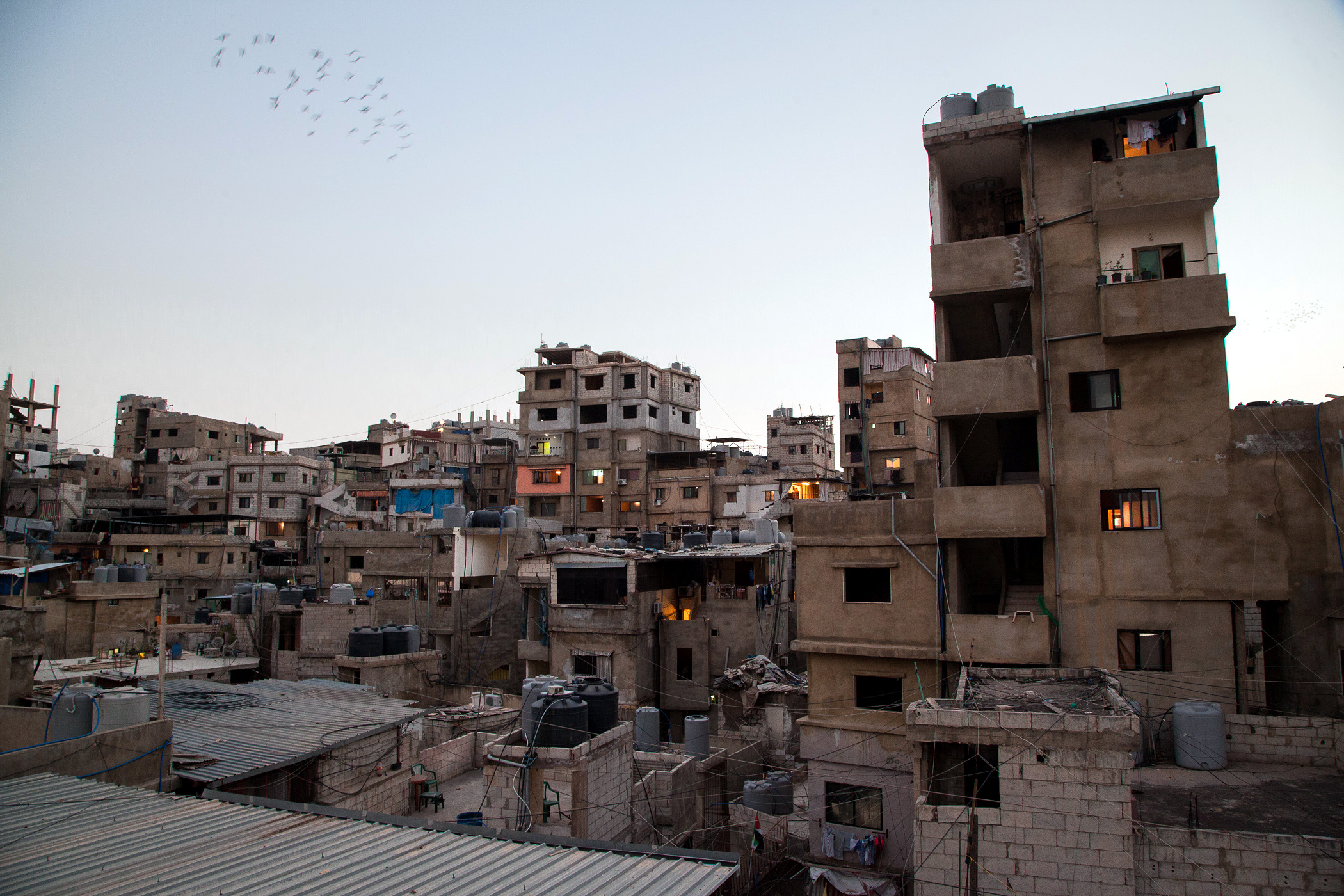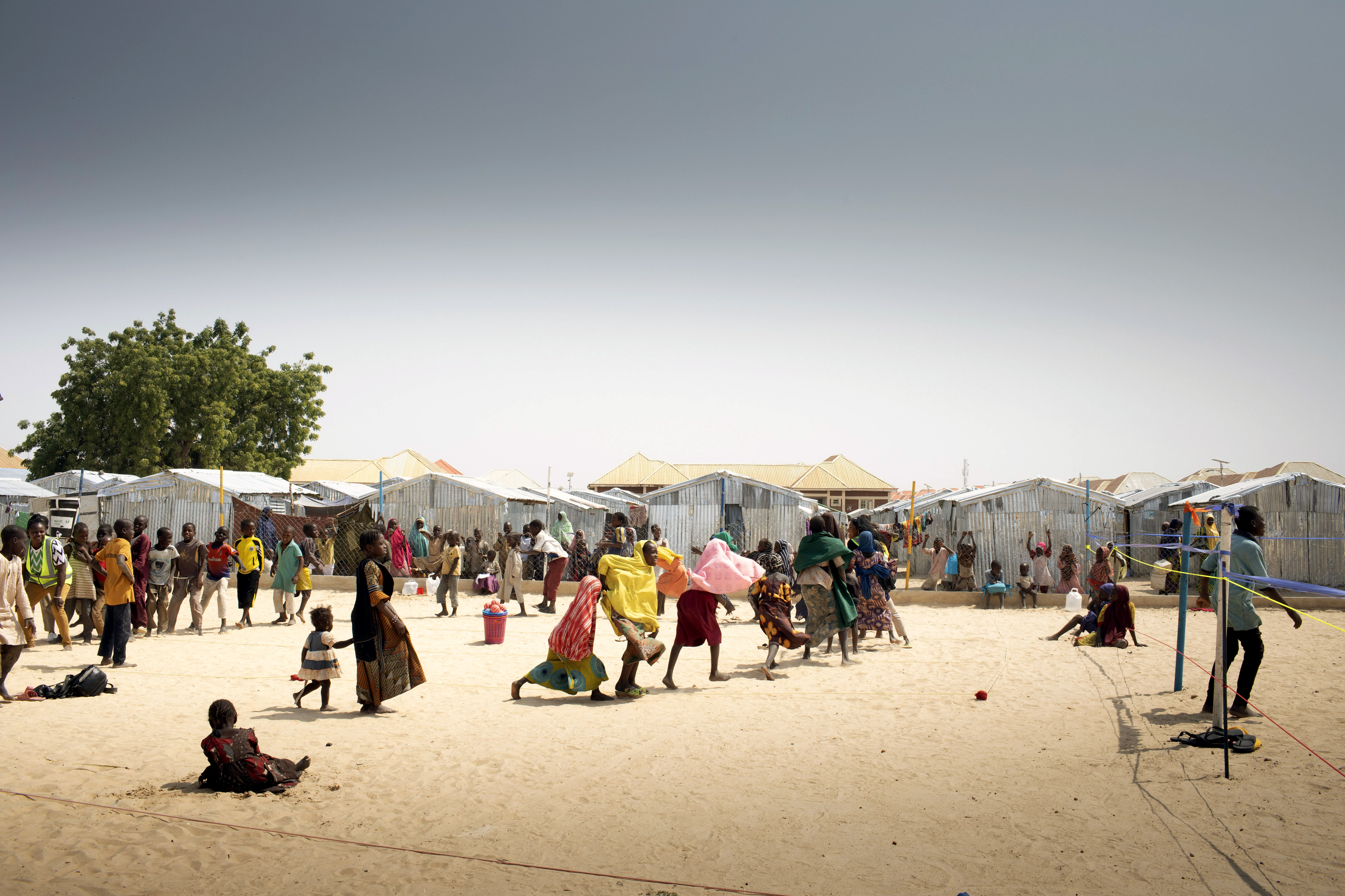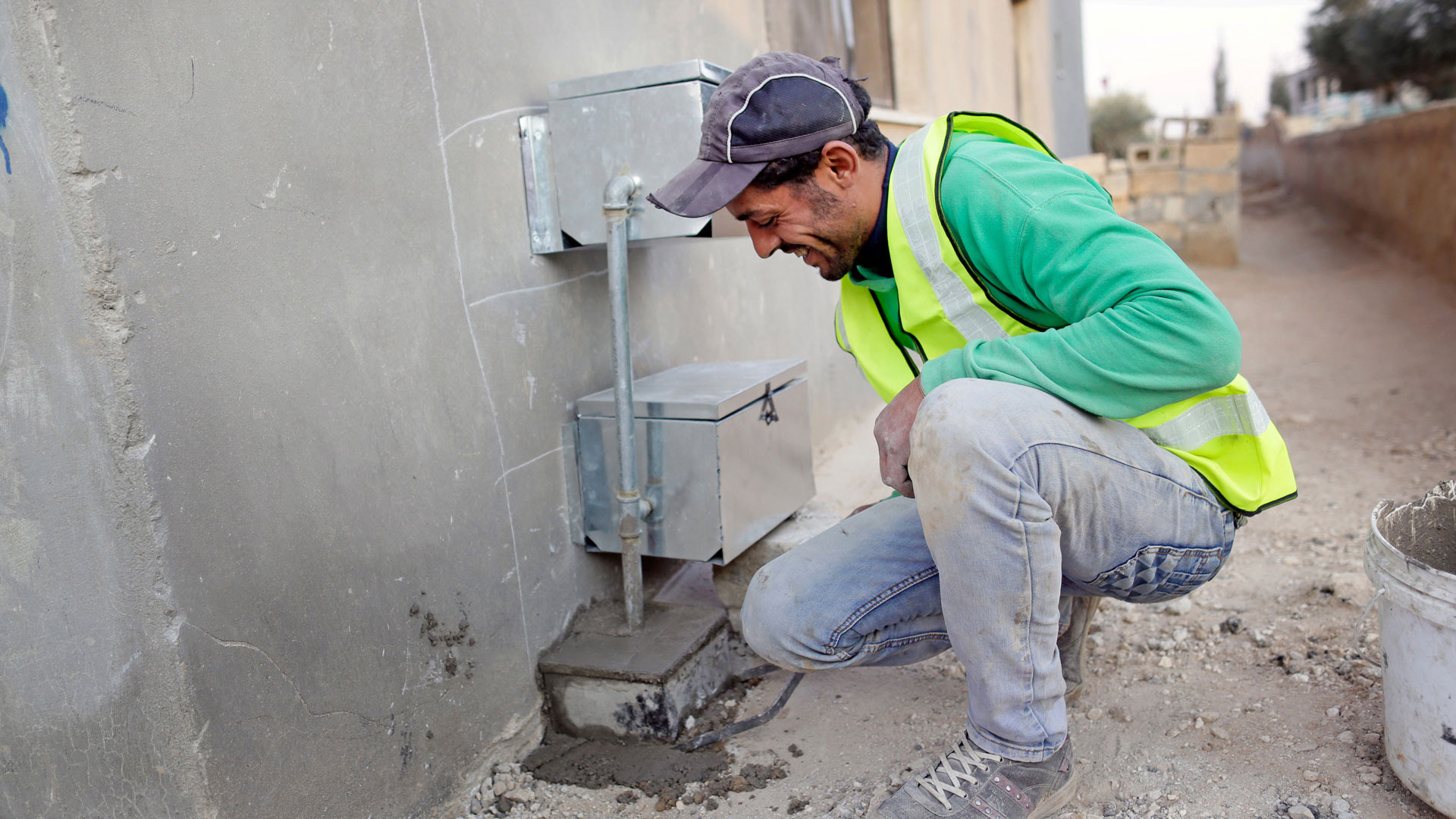The refugee crisis More than one in every five people living in the country is a refugee
Most Syrian refugees arrive in northern Lebanon, a region where the social situation is already difficult. There is a risk that the acute crisis in Lebanon and the increasing poverty also hitting the Lebanese population could lead to distributive conflicts arising between the refugees and local people.
The Bourj el-Barajneh camp for Palestinian refugees in the Lebanese capital Beirut
The Lebanese government is seeking to significantly restrict the number of refugees coming into the country. To this end, it has introduced more stringent border controls and now requires entry visas. Lebanon is not a party to the Geneva Refugee Convention of 1951. While refugees from Syria are allowed to register, this does not give them many rights. The plan for the return of displaced persons which was approved by the Lebanese government in 2020 has increased the pressure for refugees to return to Syria. There are also xenophobic trends in Lebanon, increasing the pressure on Syrian refugees to withdraw from society and opt for a not entirely voluntary return to Syria.
As at: 18/10/2024


